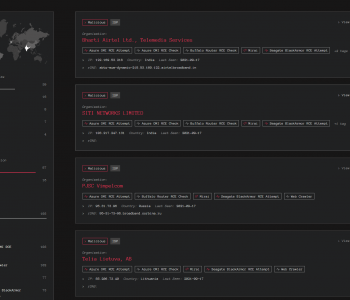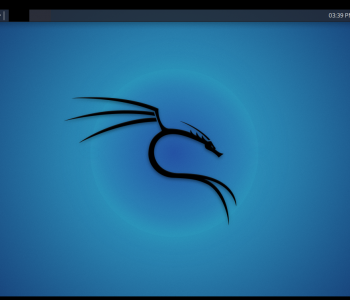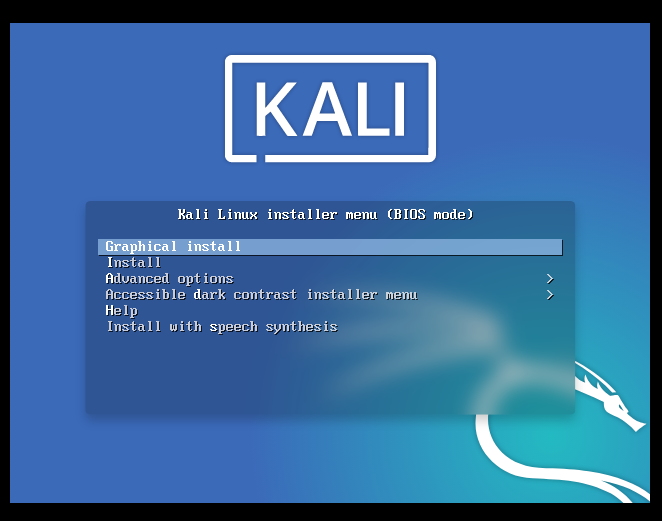 Defense
Defense
Cloud Security – 26 Foundational Security Practises and Capabilities…
That is quite the catchy title don’t you agree? Ok so that needs some work and when we think about cloud security, we need to realise that Computing as a Service isn’t a silver bullet.
One Cloud to Rule them all and in the darkness bind them
Ok so the cloud was promised as the saviour of IT and Cyber security but the promise vs the reality. Well, let’s be frank, they don’t really match up. But have no fear – secure cloud design is here (omg cringe)! Ok now we have that out of my system let’s look at some basic cloud security considerations to make when thinking about cloud services.
Checklist
Ok so the world doesn’t work with a checklist however, if you are like me you will want to use lists and aides to jog the little grey cells into action. Let’s think about cloud services and security: Read more “Cloud Security – 26 Foundational Security Practises and Capabilities Checklist”









